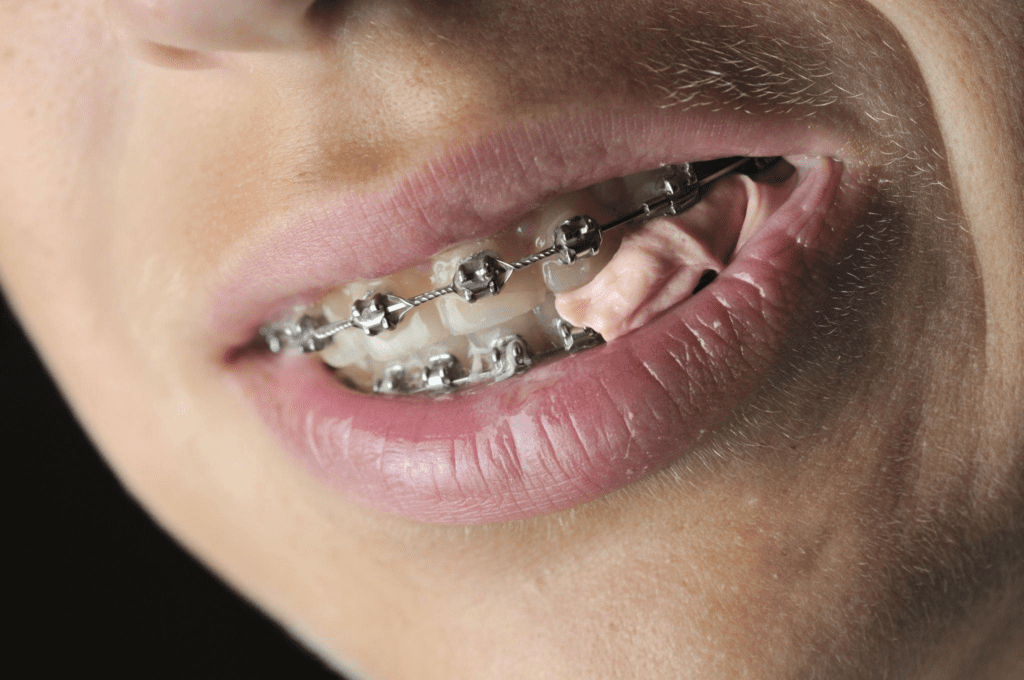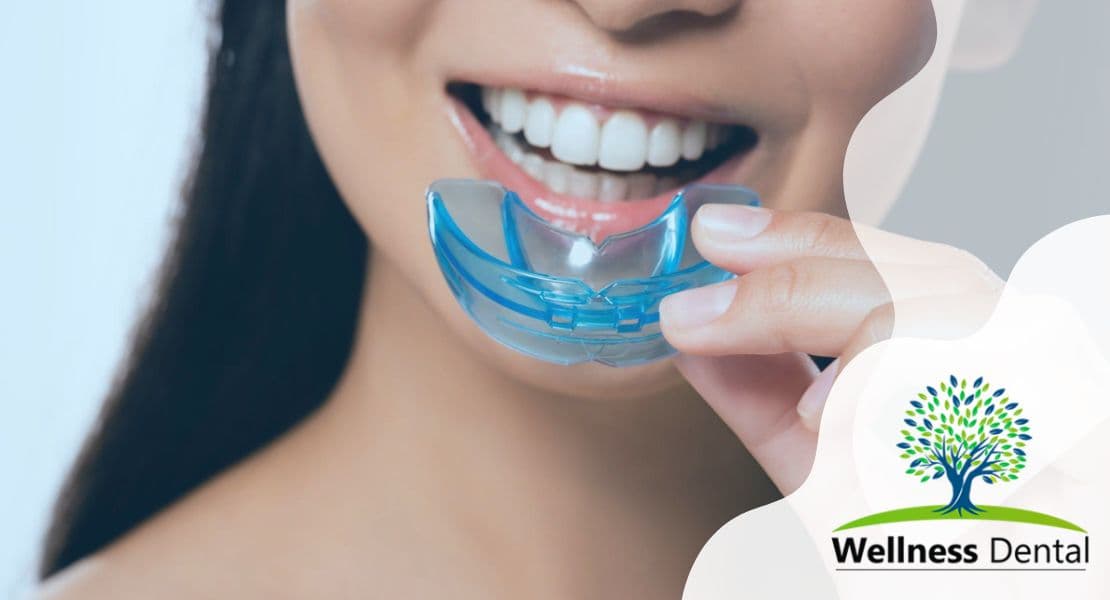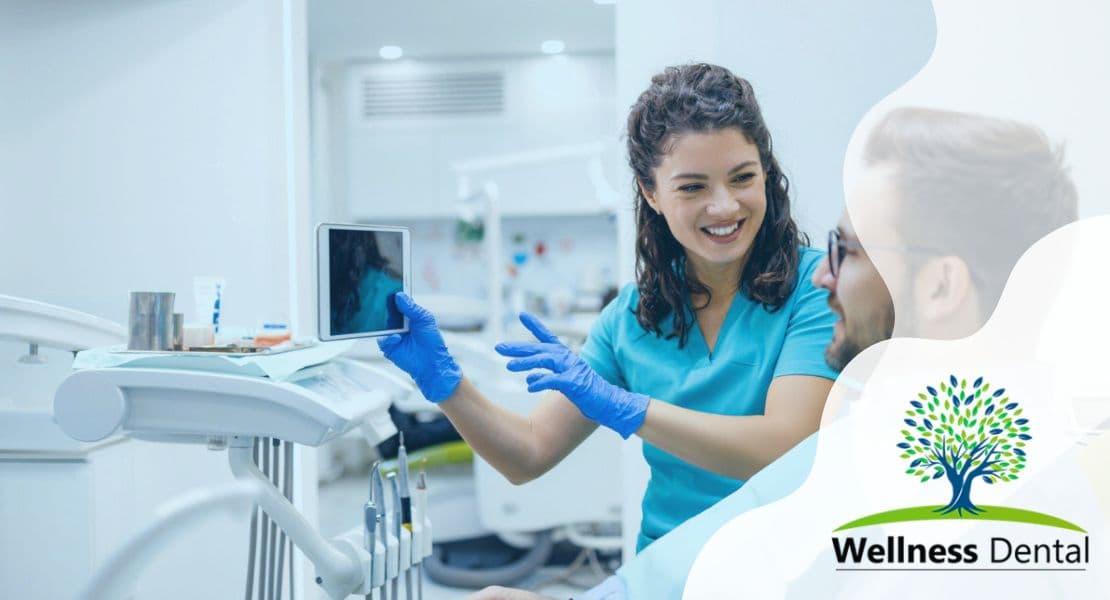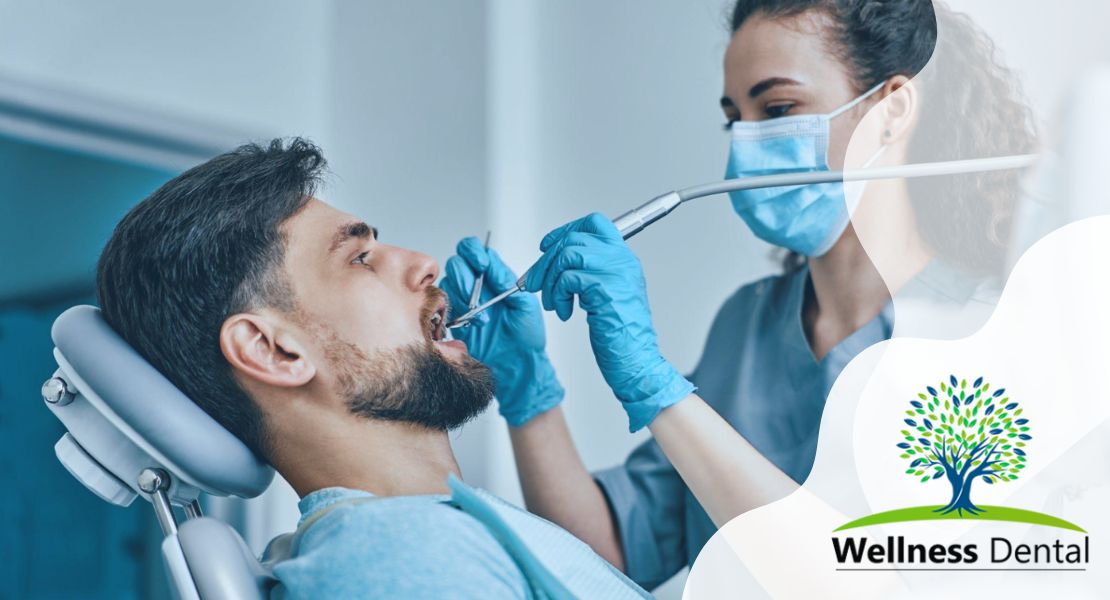When it comes to chewing gum with braces, it’s important to follow certain guidelines and considerations to protect your teeth and your orthodontic appliances. One of the most crucial factors is to choose sugar-free gum that bears the ADA (American Dental Association) seal of approval.
Sugar-free gum is recommended for individuals wearing braces, as it helps reduce the risk of tooth decay. Consuming sugary foods and drinks can lead to the formation of plaque and the production of harmful acids, which can damage teeth and increase the chances of developing cavities.
When combined with braces, the effects of these harmful substances can be even more detrimental. By choosing sugar-free gum, you can satisfy your gum-chewing desire without jeopardizing your oral health.
Moreover, chewing gum with braces comes with potential risks, including the possibility of bent wires. Sticky or excessively chewy gum can easily get trapped in the braces, causing the wires to bend or come loose. This can delay your orthodontic treatment progress and may require an extra visit to your orthodontist to fix the issue.
Gum and braces

Gum is a popular treat for many people, but when you have braces, it is important to be cautious about the type you choose to chew. Certain types of gum can pose risks to both your braces and dental health.
One of the main concerns with gum and braces is the potential for the gum to become stuck or tangled in the brackets and wires. This can cause damage to the braces, leading to necessary repairs and potential delays in treatment progress. Additionally, gum that contains sugar can also contribute to tooth decay and cavities, especially when it becomes trapped around the brackets and difficult to clean.
To avoid these risks, it is highly recommended to opt for sugar-free gum while wearing braces. Sugar-free gum is not only safer for your dental health but also reduces the chance of it getting stuck to your braces. It allows you to satisfy your gum-chewing cravings without the detrimental effects on your orthodontic treatment.
When choosing sugar-free gum, look for options that are labeled as “orthodontist-approved” or “braces-friendly.” These gums are specifically designed to be compatible with braces and are less likely to cause any damage. They usually have a softer texture that makes them less adhesive to the braces.
Maintaining good oral hygiene practices, such as brushing your teeth thoroughly after meals, including gum, can also help prevent gum-related issues. By making the switch to sugar-free gum and prioritizing dental health, you can enjoy chewing gum while ensuring the success of your orthodontic treatment.
What type of gum is beneficial for dental health?

When it comes to gum, not all varieties are created equal. There are certain characteristics of gum that make it good for teeth, and understanding these qualities can help you choose the best option for maintaining oral health.
One of the most important factors to consider is whether the gum is sugar-free. Sugar is a primary culprit in tooth decay, as bacteria in the mouth feed on sugars and produce acids that erode the enamel. Selecting gum that is free of sugar helps to minimize this risk and protect the teeth.
Furthermore, sugar-free gum helps stimulate saliva flow rate. Saliva plays a crucial role in maintaining oral health by neutralizing acids, washing away food particles, and remineralizing the teeth. Chewing gum stimulates salivary glands, increasing saliva production and aiding in the overall health of the mouth.
Additionally, sugar-free gum promotes enamel remineralization. The saliva created while chewing gum contains essential minerals, such as calcium and phosphate, which help to repair and strengthen tooth enamel. By promoting the remineralization process, gum can help protect against tooth decay and enamel erosion.
Is it possible to chew gum while wearing Invisalign?

Chewing gum with Invisalign clear aligners can have both positive and negative effects on your treatment. While chewing gum can help stimulate saliva production and freshen breath, it is important to follow certain guidelines to ensure the aligners remain undamaged.
When indulging in gum while using Invisalign, it is crucial to opt for sugarless gum. Sugary gums can cause plaque build-up, leading to dental issues. Additionally, removing the aligners before chewing gum prevents any damage or distortion that may occur due to the sticky nature of gum.
To safely enjoy a gum-chewing session with Invisalign, follow these guidelines:
- 1. Choose sugarless gum: Opt for gum that is free from added sugars to maintain good oral health.
- 2. Remove aligners: Take out the aligners before chewing gum to prevent any damage or misalignment.
- 3. Keep it brief: Limit your gum-chewing sessions to a maximum of 15-20 minutes to minimize the risk of aligner damage.
After chewing gum, it is important to brush both your teeth and the aligners before reinserting them. This helps eliminate any accumulated bacteria and ensures proper oral hygiene.
To maintain a clean mouth and prevent bacterial accumulation, follow these steps:
1. Remove aligners: Take out the aligners and set them aside.
2. Brush your teeth: Using a fluoridated toothpaste, thoroughly brush your teeth for at least two minutes, paying close attention to all surfaces.
3. Clean the aligners: Gently brush the aligners with a soft toothbrush and mild soap or denture cleaner to remove any debris.
4. Rinse and reinsert: Rinse your mouth and aligners thoroughly with water before reinserting the aligners into your mouth.
However, following safety guidelines such as using sugarless gum, removing aligners, and practicing proper oral hygiene by brushing teeth and aligners before reinsertion are crucial to maintaining effective treatment and overall oral health.
What happens if gum sticks to my brackets?
If you find yourself in the unfortunate situation of having gum stuck to your brackets, there are a few steps you can take to address this issue. First and foremost, it is important to remain calm and refrain from panicking. With a calm mindset, you can effectively tackle the problem.
To begin, try using a soft-bristled toothbrush to gently remove the gum from the brackets. Start by brushing in a circular motion around the affected area. The goal here is to loosen the gum and make it easier to remove. Be patient and avoid using excessive force, as this may damage your braces.
If the gum remains after brushing, the next step is to use dental floss to remove any remaining gum residue. Carefully slide the floss between the gum and the brackets, gently moving it back and forth. This should help dislodge the gum and allow you to remove it completely. Remember to be cautious and avoid tugging too hard, as you don’t want to damage your orthodontic appliance.
Once you have successfully removed the gum, rinse your mouth thoroughly with water. This will help ensure that there are no remaining bits of gum or debris. If, despite your efforts, there is still gum trapped in your brackets, it is vital to contact your orthodontist for further assistance. They will be able to provide guidance and address any concerns or issues.
In summary, if gum sticks to your brackets, take a calm approach to tackle the problem. Start by attempting to remove the gum with a soft-bristled toothbrush, followed by using dental floss to remove any remaining gum. Rinse thoroughly to ensure no residue remains, and contact your orthodontist if the gum persists. By following these steps, you can effectively address the issue of gum stuck to your brackets.
FAQ
Can you do chew with braces?
Yes, you can chew gum with braces. However, it is important to be mindful of the type of gum and how long you are chewing it. Chewing sugarless gum with your braces on is generally considered safe if done in moderation. It can help stimulate saliva production which helps protect against tooth decay while also freshening your breath. Be sure to remove the aligners before chewing gum to ensure the gum doesn’t get stuck in the brackets or wires.
Can I eat pizza with braces?
Although pizza may be a favorite food, it’s not necessarily the best option for someone with braces. Pizza can be difficult to eat because of the cheese and doughy crust. The cheese can get stuck in your brackets and wires, making them hard to clean and causing cavities. Additionally, the dough can be tough on your braces, potentially damaging them or loosening them from your teeth. Stick to softer options like sandwiches or pasta dishes for the best results.
How painful are braces on the first day?
The first day with braces may be a bit uncomfortable, but the pain should not be unbearable. You may experience some tenderness in your mouth that could last up to a week. It is important to remember that each individual’s experience will vary and this discomfort will lessen over time as you adjust to the pressure of the braces. To counter any pain, you can take over-the-counter pain relievers and apply cold compresses to the affected area.
Can I eat fries with braces?
Fries are not the best option for someone with braces, as they can be difficult to eat and can easily become stuck in your brackets and wires. Not only can this make it harder to clean your teeth properly, but it can also cause cavities. To reduce the risk of damaging your braces or getting food stuck in them, opt for softer foods like mashed potatoes or sweet potato fries instead.
How long can you chew gum with braces?
When chewing gum with braces, it is important to remember moderation. Chewing sugarless gum for a few minutes at a time can help stimulate saliva production and freshen your breath. However, it is best to limit the amount of time you chew gum in one sitting, as prolonged chewing may cause the gum to stick to brackets and wires.






